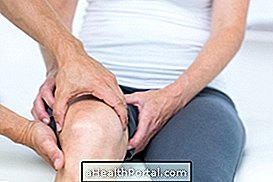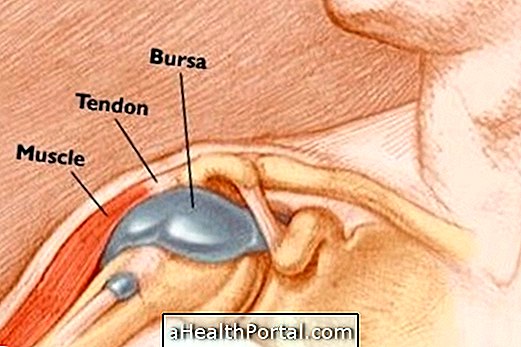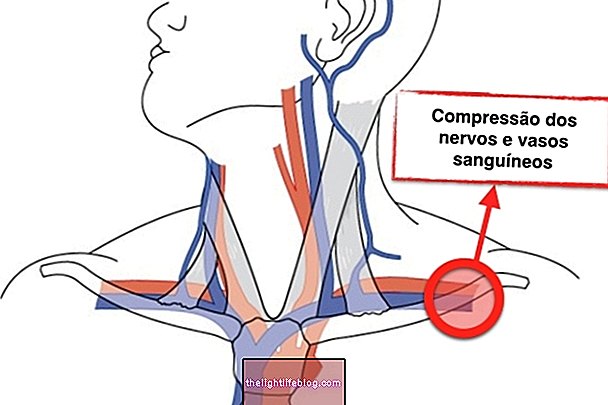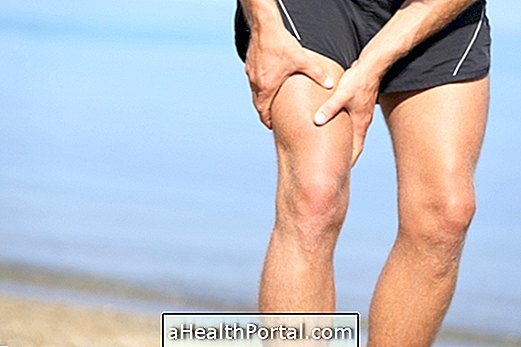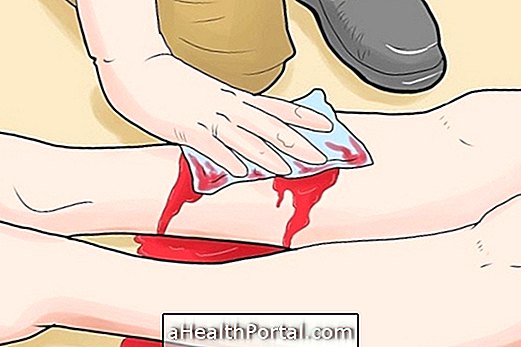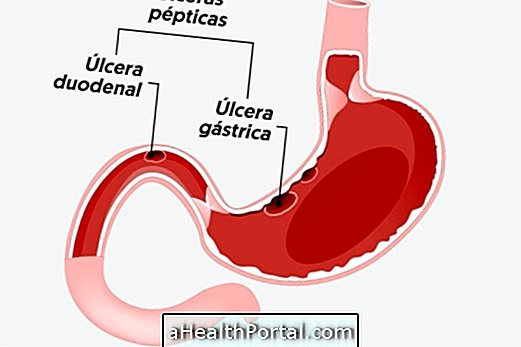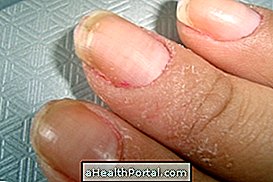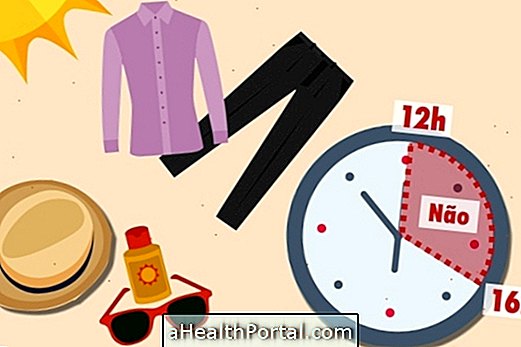Back pain can be caused by tiredness, stress or trauma. Some simple measures that relieve back pain are resting enough and mobilizing muscles to improve blood circulation and promote well-being.
Check out 10 simple tips to eliminate back pain that can be followed step by step.
1. Relax
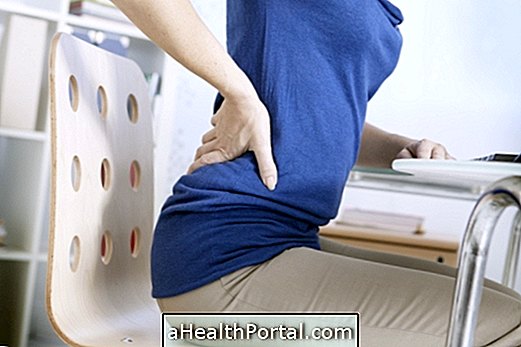
One way to relax is to lie on your side or sit so your back is completely on your chair for a few minutes, and avoid staying in the same position for a long time, even when sitting, lying or standing. By staying in a more comfortable position, you can breathe better and your muscle fibers loosen, relieving back pain.
2. Using heat

To relieve back pain, a warm compress can be placed just above the painful region, letting it act for 20 minutes. Here's how to make a homemade compress for muscle pain.
3. Massaging

A good way to relieve back pain is to take a warm bath and let the stream of warm water fall very well exactly in the region where you feel back pain and do a self massage with a little cream or oil, with movements of moderate intensity, insisting more in the regions of greater pain.
Other options are getting a massage from a professional or sitting on a rocking chair.
4. Take medicine

If the back pain is very intense, one can take a muscle relaxant, an analgesic or anti-inflammatory or put a Salompas adhesive in the region with the proper medical guidance.
5. Rest in a favorable position

At bedtime, one should lie on one side or stomach upwards, with his head propped up on a not too fluffy pillow for at least 8 hours. Ideally, you should place another pillow under your knees if you are lying on your stomach or between your knees if lying down on your side.
6. Maintain a healthy weight

One of the causes of back pain is overweight, which overloads the joints. Therefore, taking a detox diet to eliminate toxins and excess fluid may be a good strategy to start with, but doing a re-education of food gives long-term but lasting results.
7. Reduce stress and anxiety

Stress and anxiety cause muscle tension, which often leads to a sore back. To relieve it, you can put 2 drops of lavender or macaque essential oil on the pillow, as they have soothing properties and favor sleep.
8. Stretch

Do stretching to the back, can relieve the pain and muscle tension. However, one should avoid making too much effort and exercises like bodybuilding or dancing. Here's how to do stretching exercises to relieve back pain.
9. Prevent falls

Especially in the elderly, one should take some care, such as resorting to walking sticks and avoid having carpets indoors, to avoid falls and aggravate back pain.
10. Improving posture

Spending the day in correct posture avoids back pain and also helps relieve pain when it has already settled. Here are some exercises to improve posture and 6 tips for maintaining good posture.
When following these recommendations the back pain should relieve, but if it becomes constant this can be a sign of muscle weakness and so doing some kind of physical activity may be necessary.
As often the back pain is caused by bad postures, doing some sessions of postural re-education with a specialized physiotherapist can be of great help. However, if the pain does not pass read: What to do when back pain does not go away.
Watch the following video for other tips to relieve back pain:

How to avoid back pain
Some ways to prevent back pain from coming back are:
- Maintain good sitting posture to distribute body weight well;
- Practice exercises at least 3 times a week to make the muscles strong and elongated. See How Physical Activity Can Relieve Back Pain;
- Weight loss if you are overweight to avoid overloading your spine joints;
- Sleep with a low pillow;
- Do not carry too much weight, such as backpacks and heavy binders for more than 10 minutes a day
- Avoid stress.
By following these guidelines, the chances of the individual developing a back pain will be greatly diminished.
When to go to the doctor
It is advised to go to the doctor if the back pain remains, even following the above guidelines. In the consultation, the doctor should be told all the symptoms, how long they are present and in what situations they intensify.


